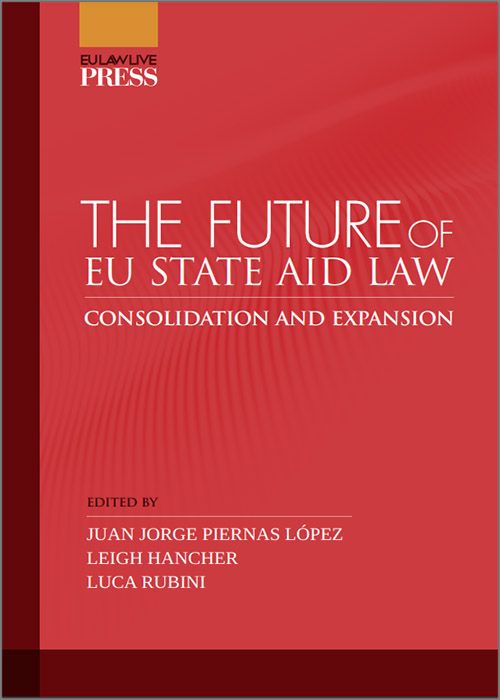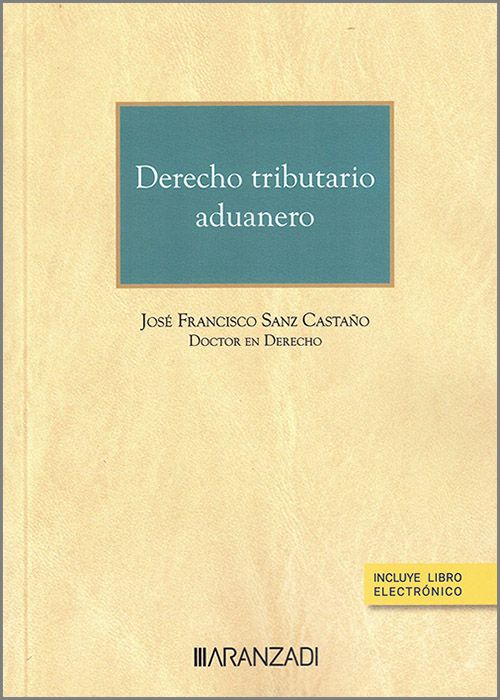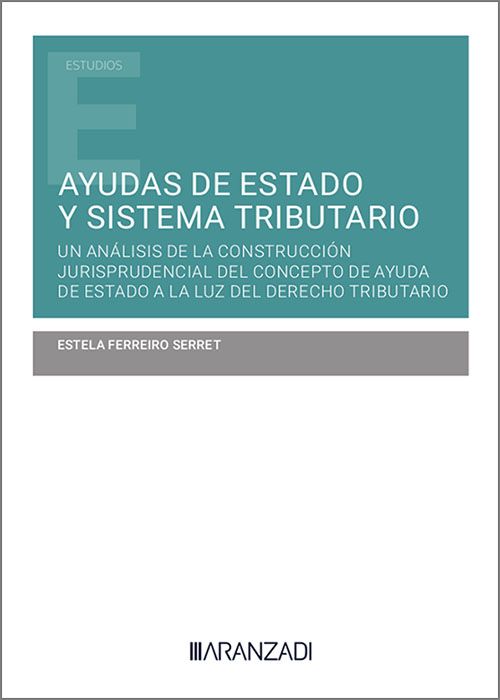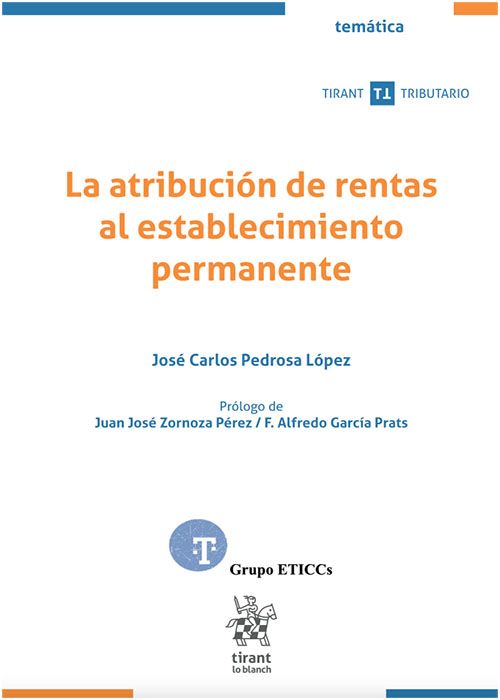IMPACT OF BEPS ON DIGITAL ECONOMY, THE: AN ANALYSIS OF ACTION 1. (Colección: «Manual Francis Lefebvre»)
- Sinopsis
- Índice
Chapter 1: Introduction to the concepts of digital economy and electronic commerce
I. Approach to the concept of digital economy and e-commerce
II. Digital economy and the emergence of new business models
III. Administrative challenges in the digital economy
Chapter 2: Tax treaty characterization of income derived from new business models
I. OECD perspective: introduction
II. Rental payments for hiring space for the use of a computer, a server or a similar device
III. Royalty payments for the use of copyright or any other similar intangible property
IV. Business profits
V. Payments for services provided to clients
VI. Characterizing cloud computing and 3D printing payments
Chapter 3: OECD/G20 base erosion and profit shifting project: It´s influence in digital economy
I. Base erosion and profit shifting projects: It´s incidence in digital economy
A. Introduction
B. Tax planning structures for base erosion and profit shifting: opportunities for BEPS in the digital economy
C. Restoring taxation of so-called stateless income
II. The obsolescence of the permanent establishment concept
A. The traditional definition of permanent establishment
B. 2003 changes to the Commentary on Article 5 OECD MC: guidance on the application of the PE definition in e-commerce
C. The Spanish approach on the concept of a PE: the Dell case
D. The artificial avoidance of permanent establishment status: the impact of BEPS Action 7 proposals on modification of Article 5 OECD MC
E. The impact of modification of Article 5 OECD on digital economy: the obsolescence of the permanent establishment concept
III. A new nexus based on the concept of significant economic presence: the digital permanent establishment
A. Introduction
B. The significant economic presence test: TFDE’s suggestions
C. Income attribution to the significant economic presence
D. The new Article 12A for technical services on the UN Model: an alternative to the new PE nexus?
IV. The introduction of a withholding tax on digital transactions
A. Introduction
B. The need for a clear definition of transactions covered and the intervention of collecting agents
C. Comments on the introduction of a WHT on digital (or all sales) transactions concluded remotely with non-resident companies
D. Introduction of a WHT on digital (or all sales) transactions concluded remotely with non-resident companies vs. new Article 12A for technical services on the UN Model
V. The introduction of an equalisation levy and other defensive measures introduced by countries
A. Introduction: TFDE’s suggestions
B. Unilateral and defensive measures introduced by countries: a short-term solution
VI. Next goals: destination-based corporate tax
Bibliography
Relacionados
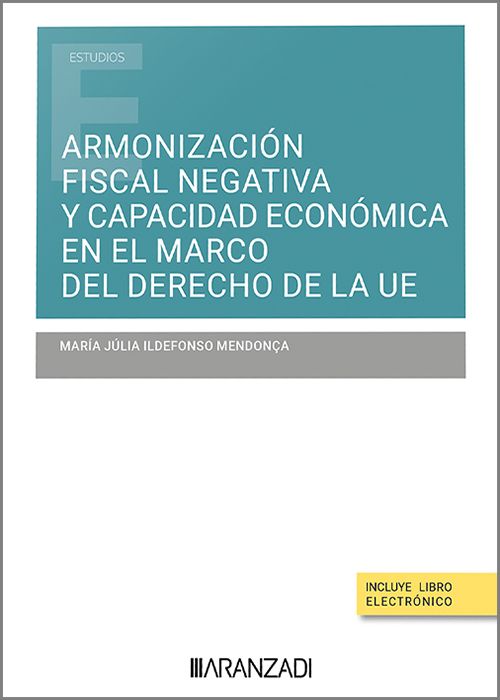
ARMONIZACIÓN FISCAL NEGATIVA Y CAPACIDAD ECONÓMICA EN EL MARCO DEL DERECHO DE LA U.E.
PRÓXIMA APARICIÓN. FECHA PREVISTA 30/09/2024.
Ver fichaARMONIZACIÓN FISCAL NEGATIVA Y CAPACIDAD E...
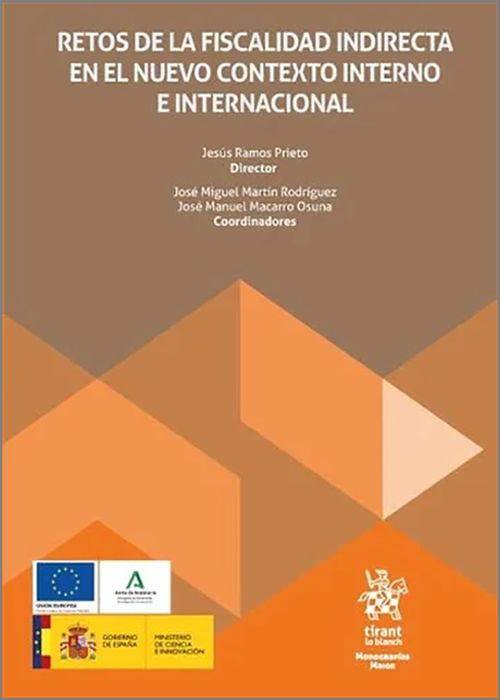
RETOS DE LA FISCALIDAD INDIRECTA EN EL NUEVO CONTEXTO INTERNO E INTERNACIONAL.
Ver fichaRETOS DE LA FISCALIDAD INDIRECTA EN EL NUE...
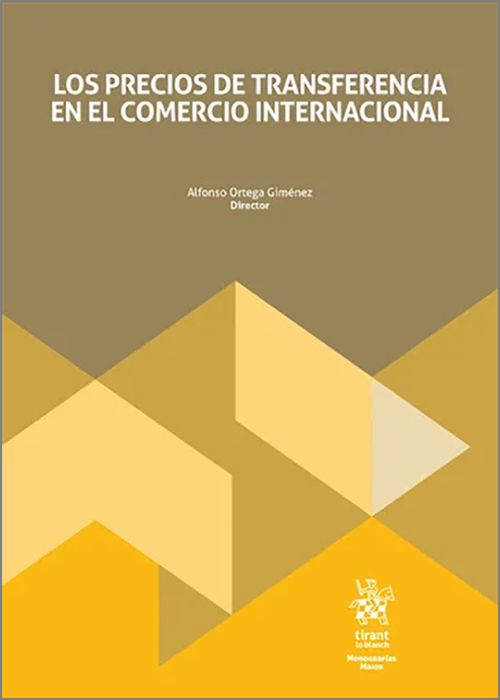
PRECIOS DE TRANSFERENCIA EN EL COMERCIO INTERNACIONAL, LOS.
Ver fichaPRECIOS DE TRANSFERENCIA EN EL COMERCIO IN...
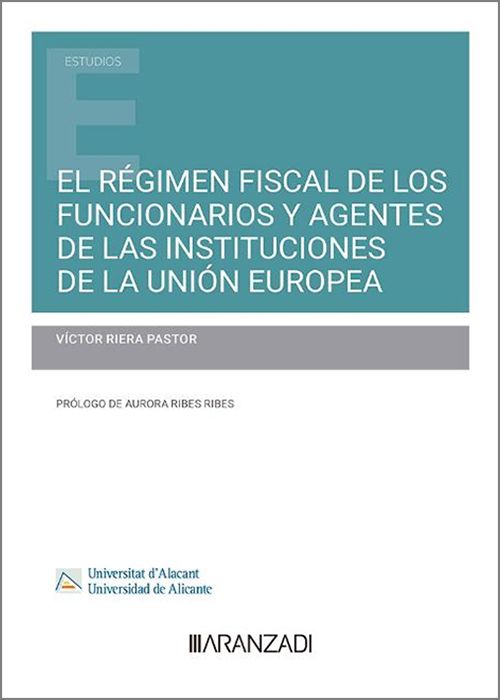
RÉGIMEN FISCAL DE LOS FUNCIONARIOS Y AGENTES DE LAS INSTITUCIONES DE LA UNIÓN EUROPEA, EL.
Ver fichaRÉGIMEN FISCAL DE LOS FUNCIONARIOS Y AGENT...
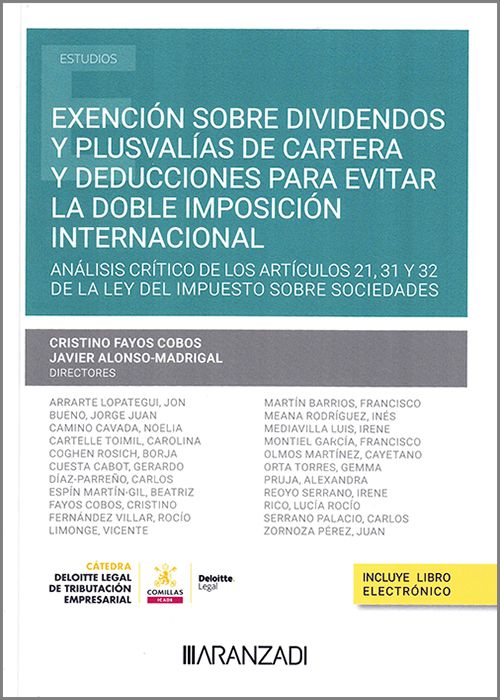
EXENCIÓN SOBRE DIVIDENDOS Y PLUSVALÍAS DE CARTERA Y DEDUCCIONES PARA EVITAR LA DOBLE IMPOSICIÓN INTERNACIONAL. Análisis crítico de los artículos 21, 31 y 32 de la Ley del Impuesto Sobre Sociedades.
Ver fichaEXENCIÓN SOBRE DIVIDENDOS Y PLUSVALÍAS DE ...
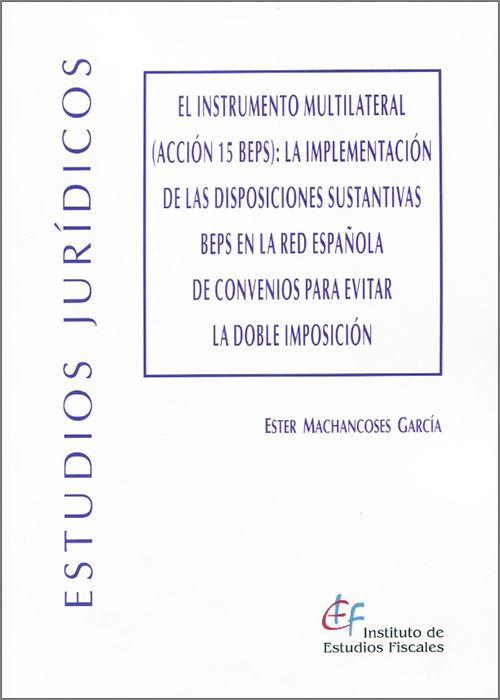
INSTRUMENTO MULTILATERAL (ACCIÓN 15 BEPS): LA IMPLEMENTACIÓN DE LAS DISPOSICIONES SUSTANTIVAS BEPS EN LA RED ESPAÑOLA DE CONVENIOS PARA EVITAR LA DOBLE IMPOSICIÓN.
Ver fichaINSTRUMENTO MULTILATERAL (ACCIÓN 15 BEPS):...
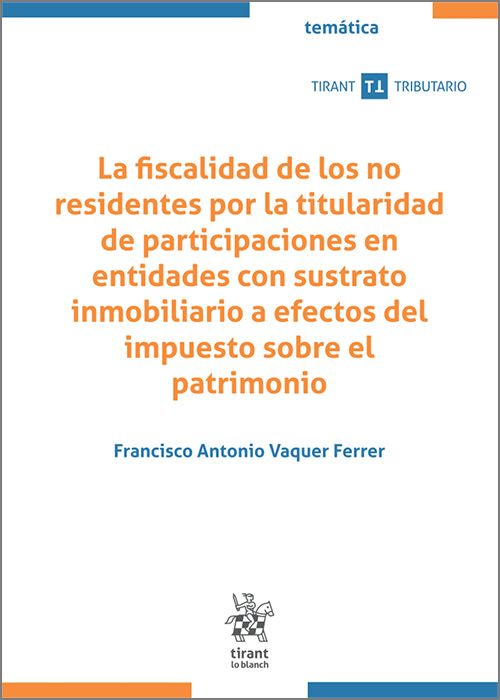
FISCALIDAD DE LOS NO RESIDENTES POR LA TITULARIDAD DE PARTICIPACIONES EN ENTIDADES CON SUSTRATO INMOBILIARIO A EFECTOS DEL IMPUESTO SOBRE EL PATRIMONIO, LA.
Ver fichaFISCALIDAD DE LOS NO RESIDENTES POR LA TIT...
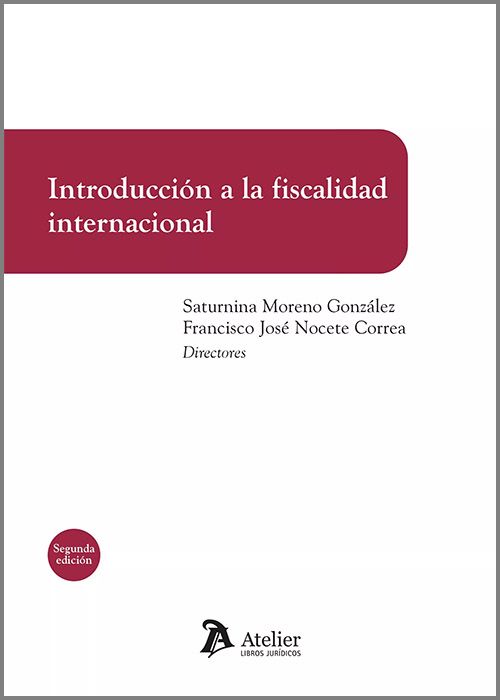
INTRODUCCIÓN A LA FISCALIDAD INTERNACIONAL.
Ver fichaINTRODUCCIÓN A LA FISCALIDAD INTERNACIONAL.
